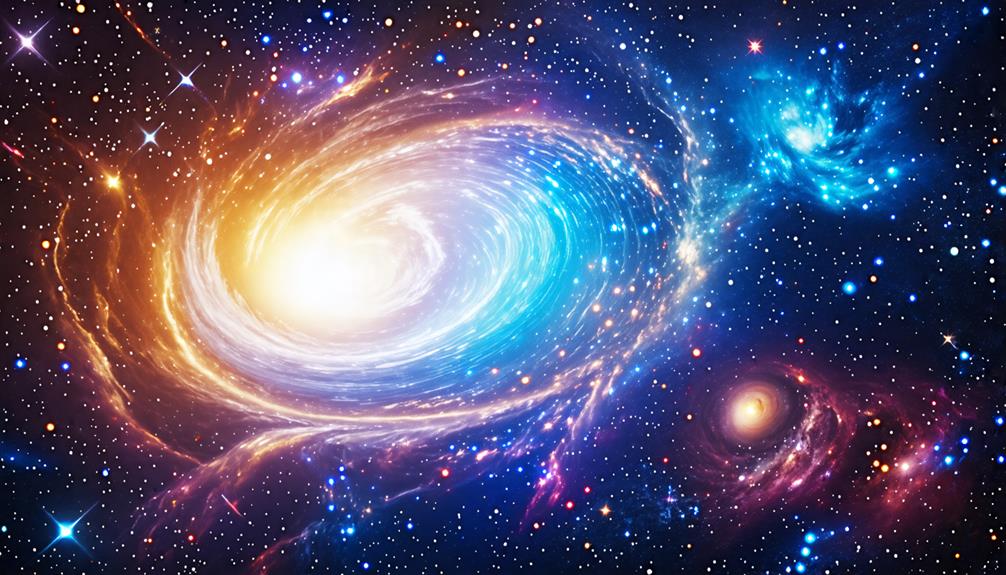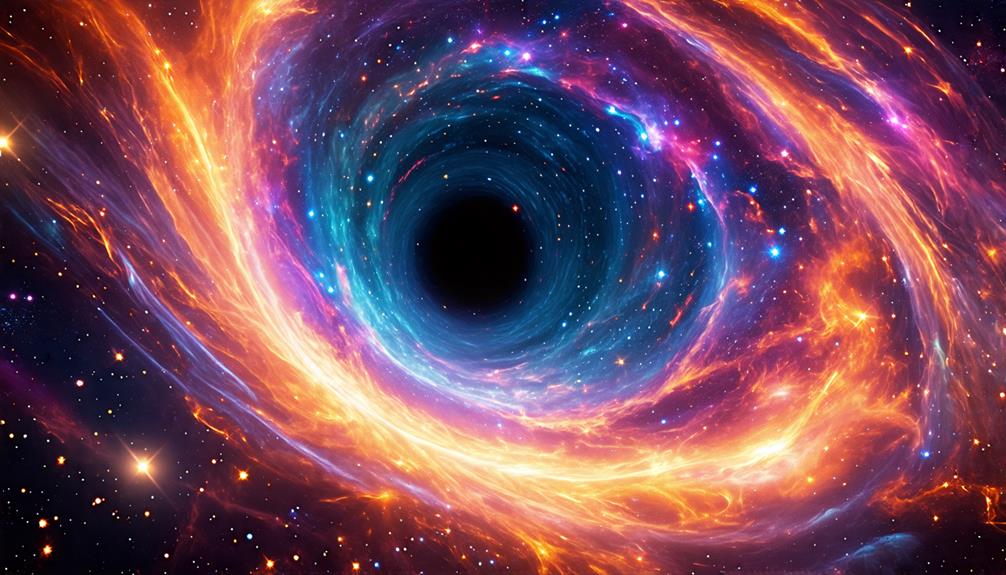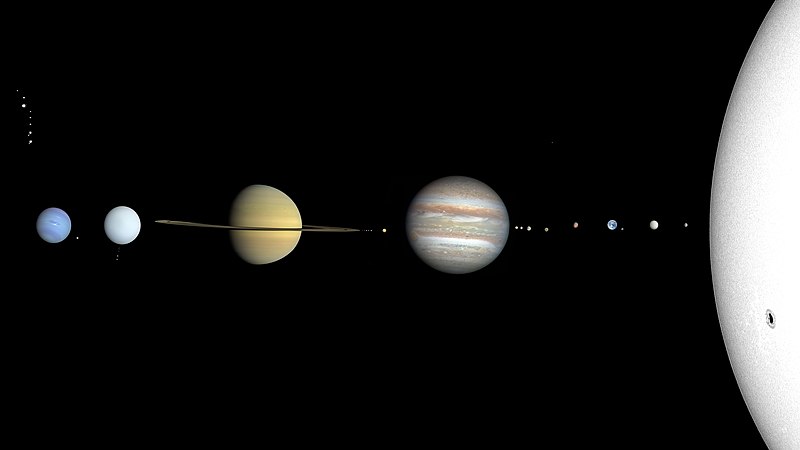Beyond the Observable Universe: What Lies at the Edge of Space?
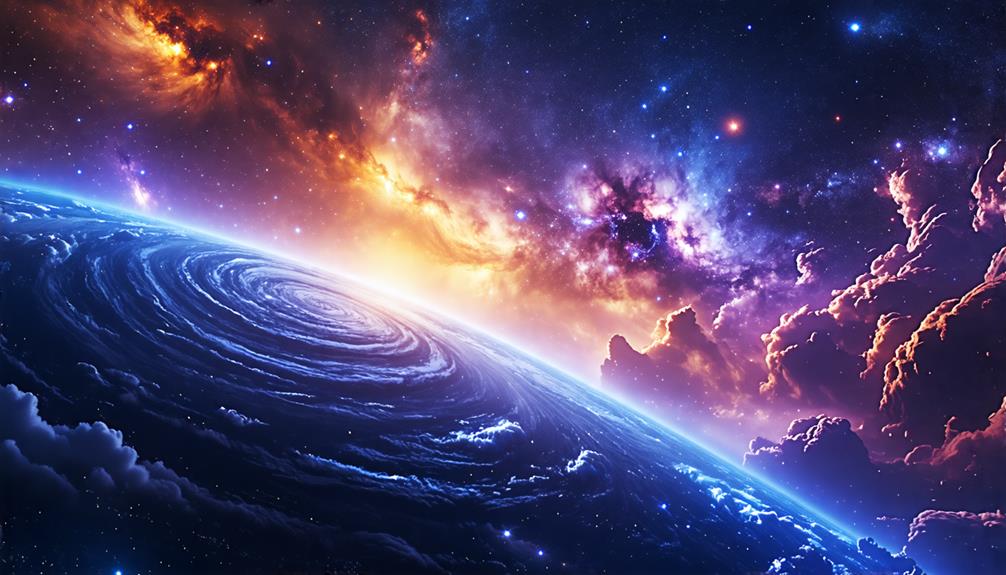
You may have pondered what lies beyond the observable universe, that vast expanse spanning 93 billion light-years. While we've made strides in understanding cosmic structure, the mysteries beyond our reach could challenge everything we believe we understand. Concepts like cosmic inflation and the multiverse hint at realities we can't yet comprehend, raising questions about different physical laws governing those domains. What if the edge of space isn't just a boundary, but a gateway? The implications of such possibilities might reshape our entire understanding of existence.
Understanding the Observable Universe
The observable universe is a vast, spherical region of space approximately 93 billion light-years in diameter, from which light has had time to reach us since the Big Bang, about 13.8 billion years ago. Each observer has a unique observable universe determined by the distance light has traveled since that event.
The edge of the observable universe is not a physical boundary but a cosmic horizon beyond which light hasn't yet reached us. As the universe expands, the observable universe grows, revealing more distant galaxies and cosmic structures. However, some regions will remain forever beyond our reach due to the finite speed of light.
Understanding the observable universe highlights the scale and complexity of the cosmos, showing that while we can observe a vast portion of space, much remains beyond our current view. The mysteries of the universe extend far beyond this horizon.
Theories of Cosmic Structure
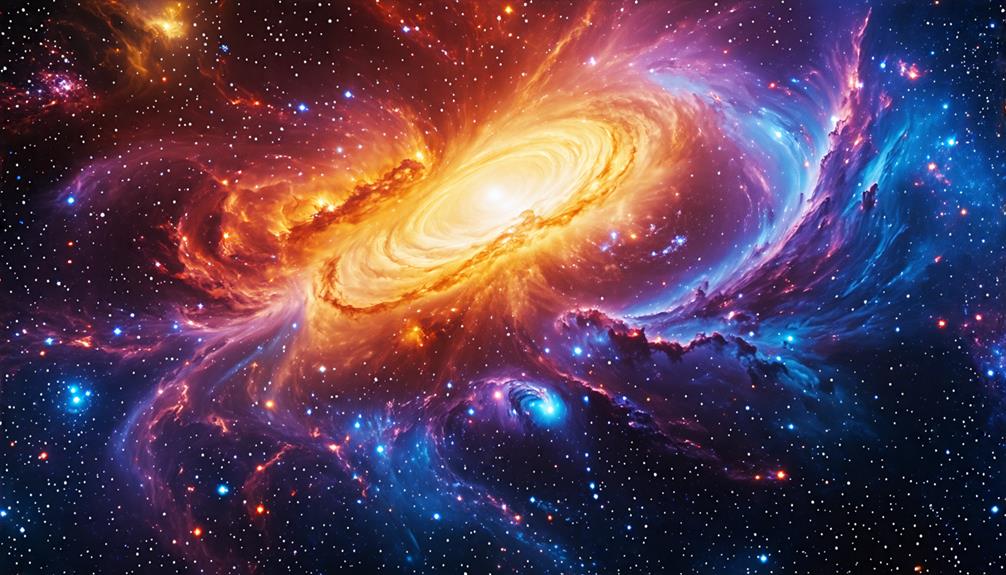
Exploring beyond the observable universe introduces various theories of cosmic structure that aim to explain the universe's shape and extent. One prominent theory posits that the universe might be infinite, extending beyond our observational limits. Although our observable universe is just a tiny fraction of this potential infinity, some theories propose a curved shape, similar to a higher-dimensional sphere, allowing for a finite universe without edges.
Current measurements suggest that the universe is nearly geometrically flat, yet it could still be finite, akin to the surface of a cylinder. The observed expansion of the universe, evidenced by distant galaxies moving away from us, supports these theories. This expansion, driven by dark energy, significantly influences the cosmic structure we observe today.
Moreover, the concept of cosmic inflation suggests that the universe is at least 10^23 times larger than our observable limits, indicating vast, uncharted regions beyond our reach. These theories challenge our understanding and encourage us to imagine a universe far more complex than it appears, inviting us to ponder what lies beyond the edges of our perception.
Exploring the Multiverse Concept
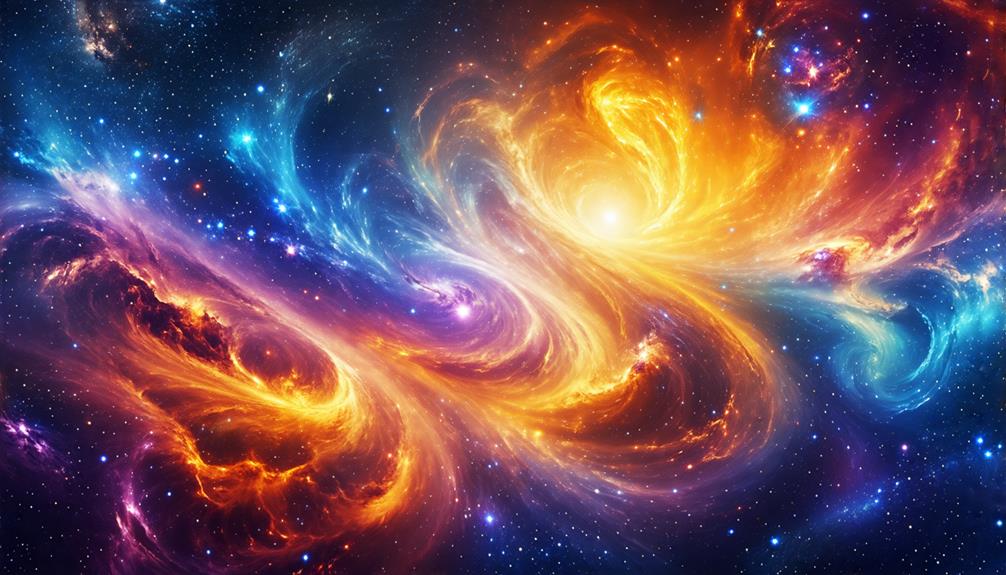
Imagine a vast expanse where our universe is just one bubble among countless others, each potentially governed by different physical laws and constants. This is the essence of the multiverse concept. Each universe could emerge from unique initial conditions, leading to a diverse array of outcomes and versions of reality. You might wonder whether these universes interact. Some theories suggest that gravitational effects can influence cosmic events across these bubbles, creating a tapestry of interconnected realities.
Additionally, the multiverse theory posits that Big Bang-like events could result from collisions or interactions between these parallel universes. Such encounters might give rise to new cosmic structures, expanding our understanding of the universe's complexity. While the multiverse remains largely speculative, it challenges the traditional notion of a singular, isolated universe and invites us to reconsider what lies beyond the observable cosmos.
Exploring these ideas opens the mind to the possibility that our understanding could be just one piece of a much larger, intricate puzzle. The multiverse concept pushes the boundaries of cosmic exploration, igniting curiosity about the nature of existence itself.
Challenges of Cosmic Exploration
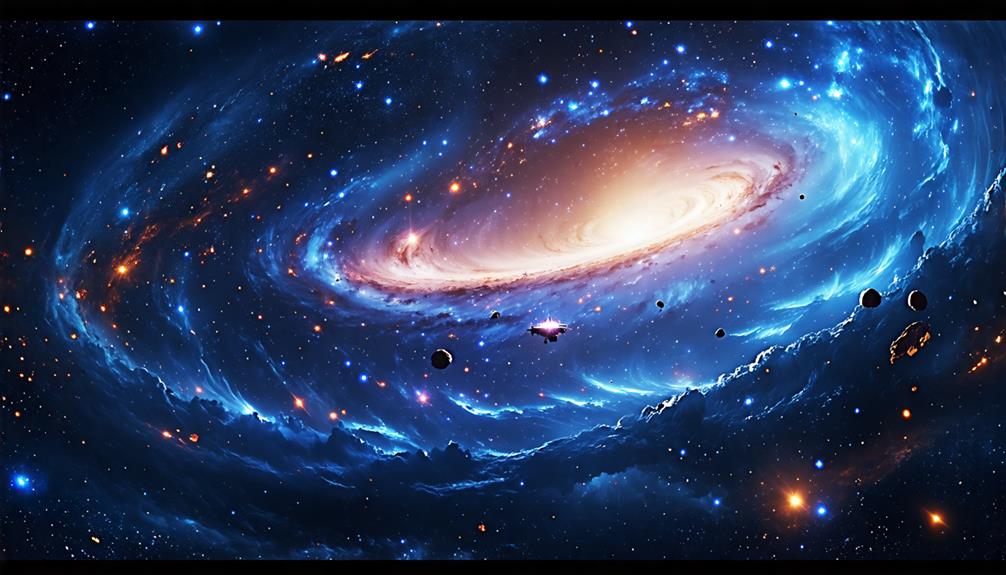
Navigating the vastness of space presents significant challenges, as current technology cannot breach the limits of the observable universe. No spacecraft have ventured beyond this boundary, leaving a profound sense of the unknown. Faster-than-light travel remains a theoretical concept, and contemporary physics deems it impossible, making the exploration of distant cosmic regions a formidable task.
Moreover, concepts like wormholes and warp drives, while intriguing, face substantial scientific skepticism. There is no practical methodology to bring these ideas to fruition, adding to the complexity of cosmic exploration. The immense distances involved further complicate our understanding of space, as the finite speed of light restricts observational capabilities.
The expanding nature of the universe introduces another layer of difficulty. Many galaxies may remain forever unobservable due to cosmic expansion, raising questions about whether the full extent of the cosmos will ever be understood. These challenges highlight that exploring the universe is not just about reaching new destinations; it also involves grappling with the limitations of our understanding and technology. Recognizing these hurdles is crucial for anyone interested in the mysteries of the universe.
Implications of Universal Expansion
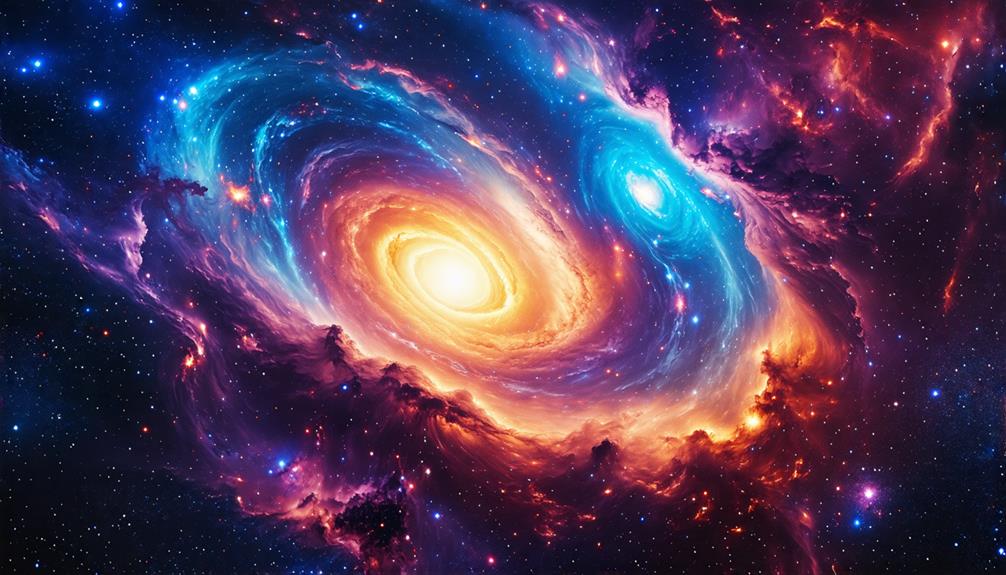
The challenges of cosmic exploration become even more pronounced when considering the implications of universal expansion, which shapes our understanding of the universe and its ultimate fate. Since the Big Bang, the universe has been expanding, causing galaxies to drift away from one another. This expansion isn't static; it's accelerating due to dark energy, which constitutes about 68% of the universe's energy density.
The observable universe is currently estimated to be about 93 billion light-years in diameter, but this is only a fraction of what exists. Beyond this observable limit lies potentially infinite space. As the universe continues to expand, many galaxies will eventually recede beyond our observable horizon, making their light permanently unobservable to us.
The implications of this expansion challenge our understanding of the cosmos. Much of the universe will remain forever beyond our reach, prompting a reassessment of our place in this vast, ever-expanding expanse. The mysteries that lie just beyond the observable universe may never be revealed.
Conclusion
As you ponder the mysteries beyond the observable universe, remember that what lies at the edge of space challenges both our imagination and understanding. Theories like cosmic inflation and the multiverse open doors to infinite possibilities, inviting you to explore the unknown. Although cosmic exploration presents daunting challenges, the quest for knowledge propels humanity forward. Embrace the wonder of the universe's expansion and the potential realities awaiting just beyond our reach, fueling your curiosity for what remains to be discovered.

